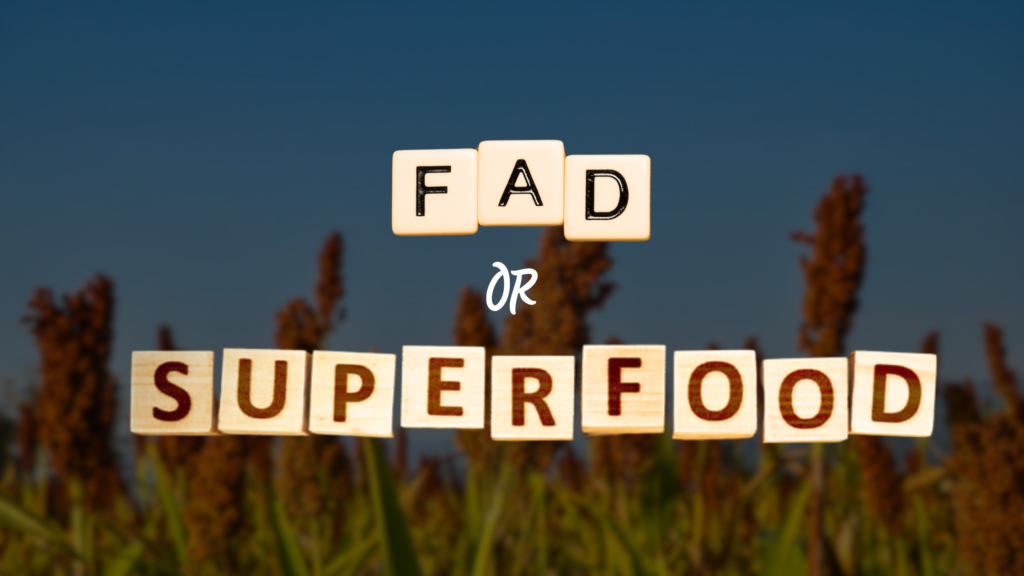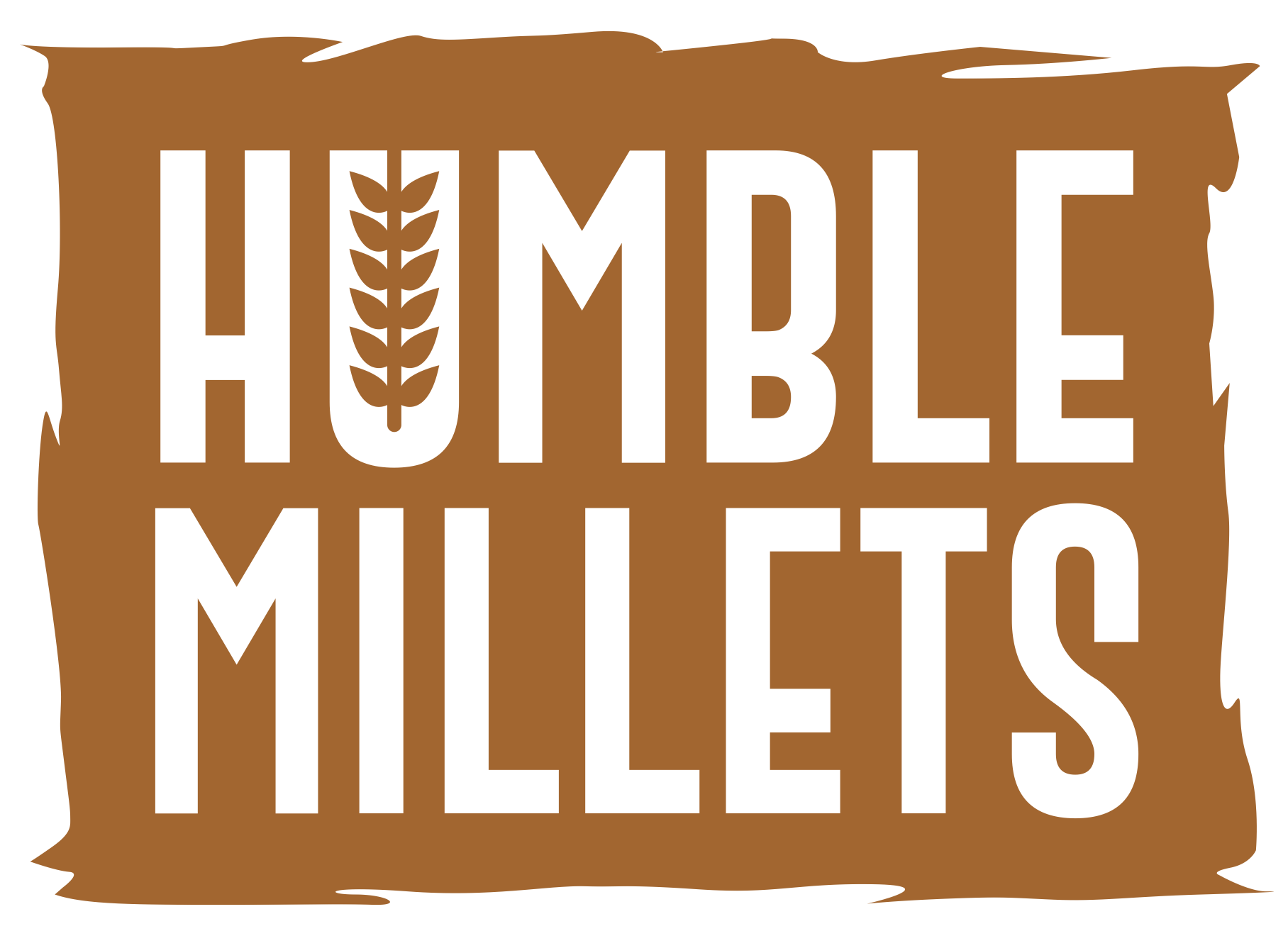
Introduction:
One question that frequently comes up in the constantly changing world of nutrition is whether some foods are actually worth the hype or are just passing fads. Millets have become a contentious topic in these talks, with supporters praising them as superfoods and others writing them off as fleeting fads. Let’s explore the crux of this argument and learn the real story behind millets’ place in the field of nutrition.
The Ascent of Millet:
An ancient grain that has been farmed for millennia, millet has seen a boom in popularity in recent times. Historically valued for their adaptability and nutritional density, millets lost popularity as contemporary monoculture agriculture gained traction. Nevertheless, as interest in sustainability and health-conscious eating increases, millets are making a comeback in the culinary world.
Supercharged Nutrition:
Millets have a remarkable nutritional profile since they are high in protein, fiber, vitamins, and minerals. For example, one cup of cooked millet has about 6 grams of protein and 2 grams of fiber, which makes it a filling and nutritious addition to any diet. Millets are also free of gluten, so those who have a gluten sensitivity or celiac disease can use them.
Support from Science:
A number of scientific studies attest to the health advantages of including millets in one’s diet. The antioxidant characteristics and potential benefits for glycemic control of millets are highlighted by research published in respected journals such as the Journal of Food Science and Technology and the International Journal of Food Sciences and Nutrition. These findings support the idea that millets are a superfood and not just a fad.
Environmental Sustainability:
In a time when environmental concerns are prominent, millets stand out as a sustainable crop alternative beyond their nutritional significance. In contrast to crops that demand a lot of resources, like wheat and rice, millets need very little water and can grow in a variety of climates. Additionally, millet farming enhances soil health and biodiversity, providing a comprehensive strategy for sustainable agriculture.
Millets have been met with suspicion and misconceptions despite their benefits to the environment and nutrition. Some people consider millets to be trendy or esoteric, ignoring their lengthy history of cultural and nutritional value. But it’s important to distinguish reality from fantasy and acknowledge millets’ continued significance in world food systems.
Conclusion:
In conclusion, the debate over millets’ status as a superfood or passing fad ultimately boils down to a matter of perspective and understanding. With their proven nutritional benefits, sustainability credentials, and historical significance, millets emerge as a formidable contender in the realm of healthy eating. Rather than dismissing them as a fleeting trend, let’s embrace millets as a symbol of resilience, nourishment, and culinary diversity.
What are your thoughts on millets? Have you incorporated them into your diet? We invite you to share your experiences and join the conversation below. Let’s continue to explore the multifaceted world of nutrition and celebrate the wholesome goodness that millets bring to the table.
